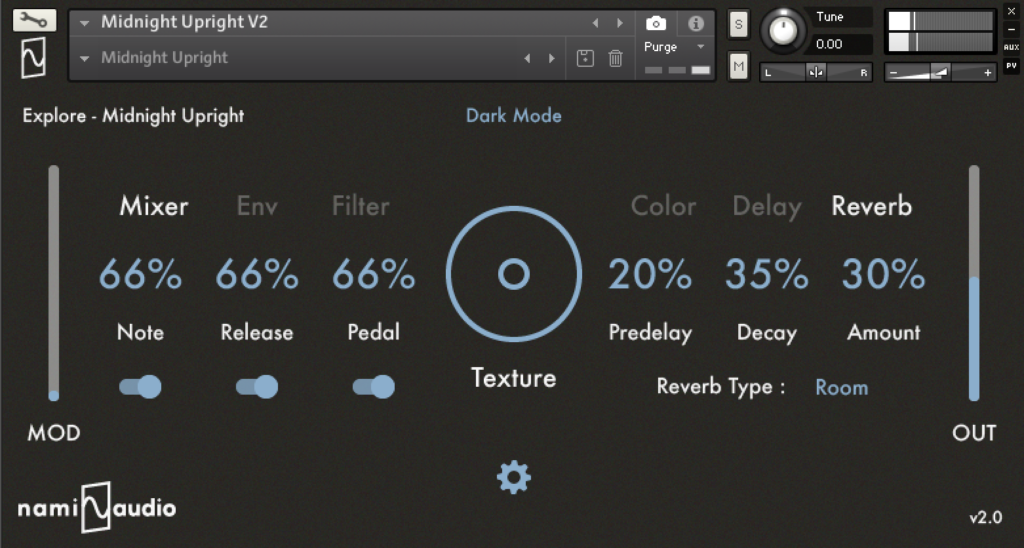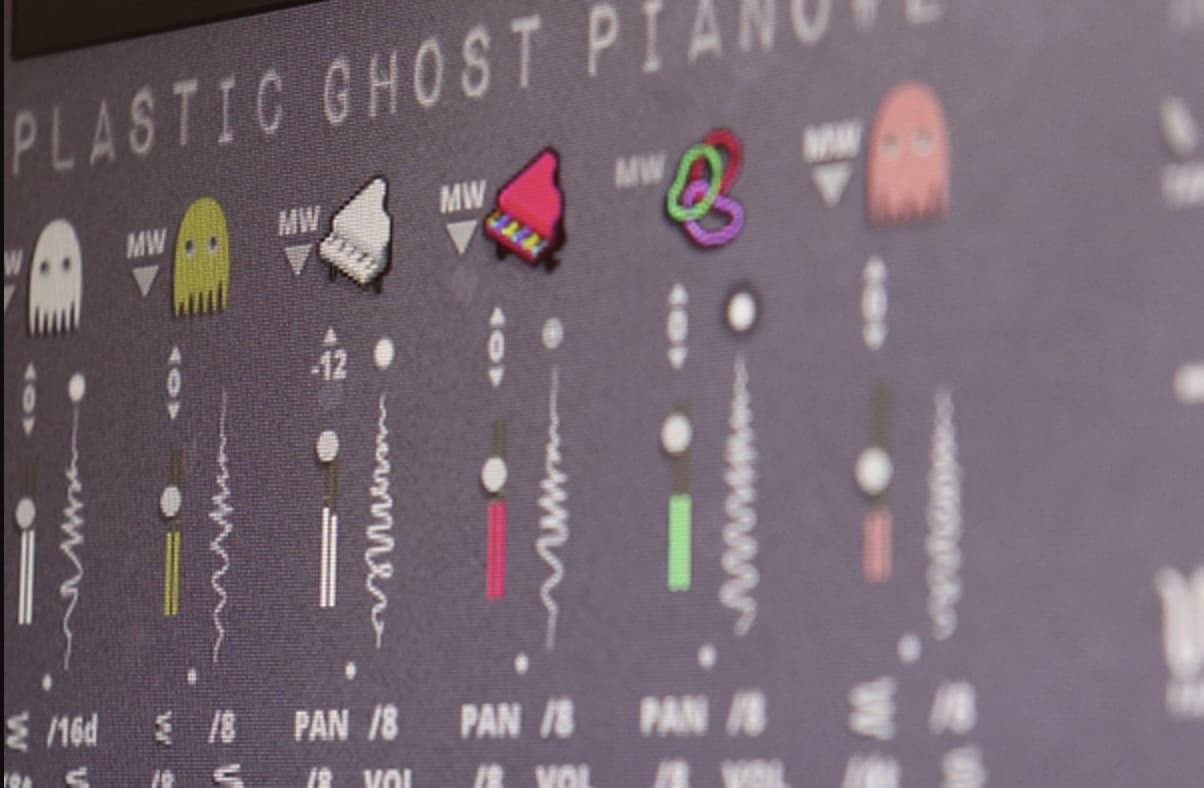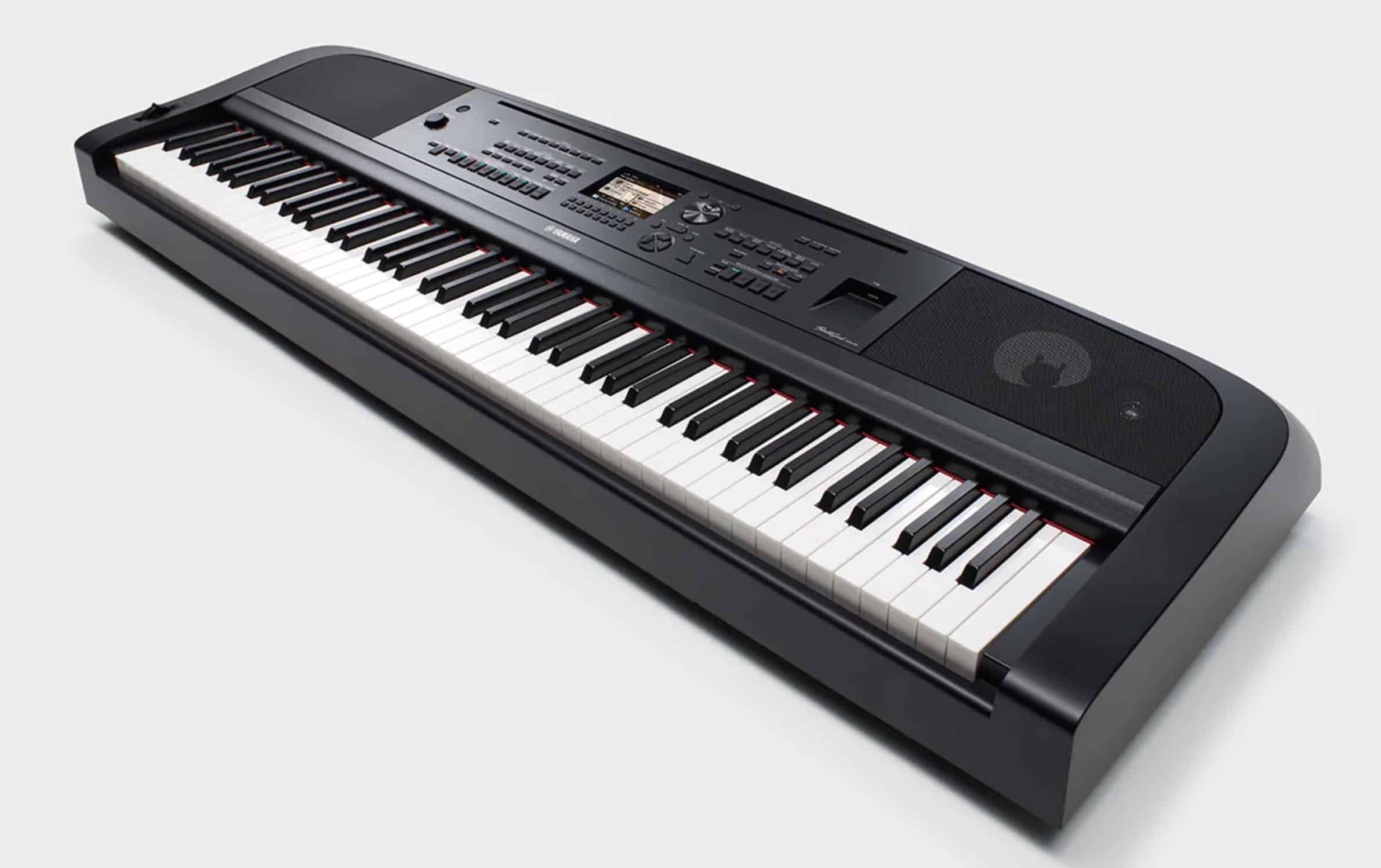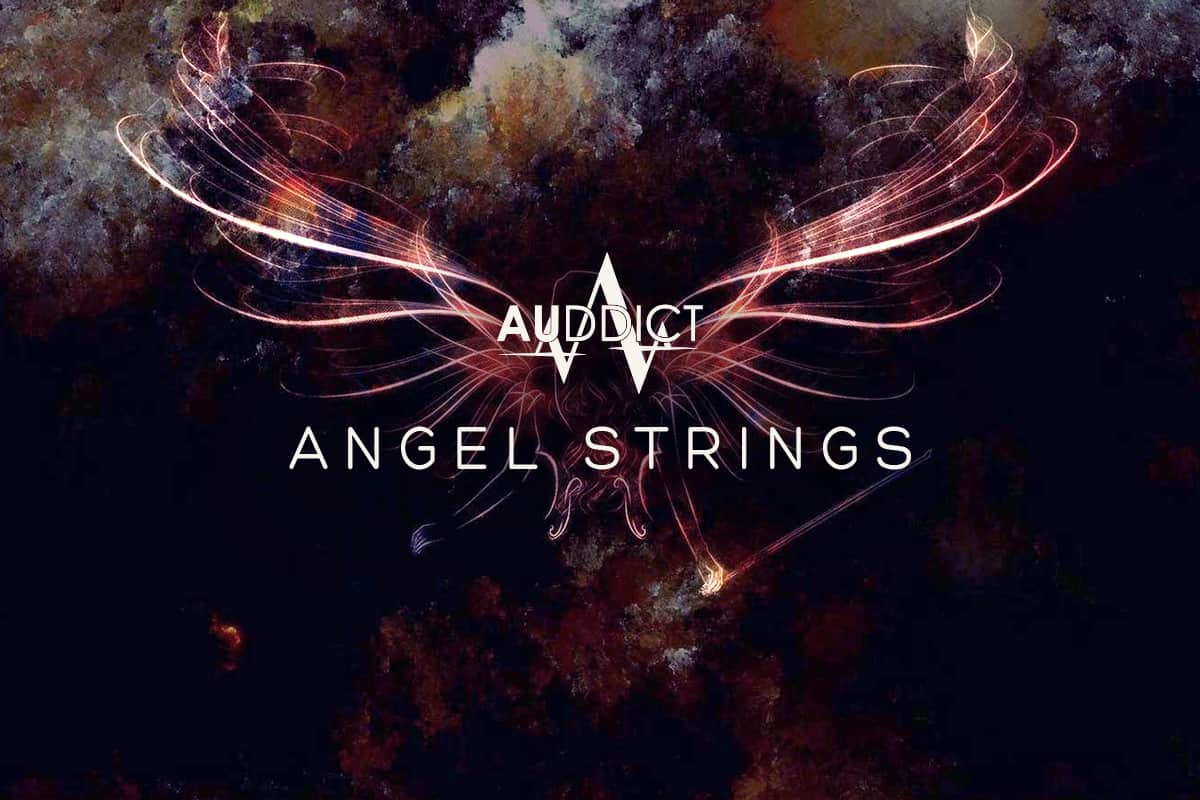Midnight Upright V2 is a FREE Kontakt Piano Library that is perfect for your next dark and suspenseful composition. This library has a felted upright piano with an extra pad layer that adds some interesting textures in the background. Whether you are looking to add some tension to your score or evoke a feeling of unease, Midnight Upright will help get the job done!
Midnight Upright V2
Midnight Upright V2 is a soft and imperfect upright piano library with textural layers for an immediate emotional effect.
Like Hammer & Felt, this piano sample library is far from perfect. A delicate and sweet felted sound with few harmonics is created by the blanket between the strings and the hammers on this upright piano, which was recorded with a pair of Neumann KM184 microphones. Create new textures with an extra Texture layer, or use it to spice up the sound.

Midnight Upright V2 is completely free but if you want, you can add a tip while ordering to support Alex’s work and to help him develop future libraries.
Conclusion
Midnight Upright V2 is a free Kontakt library featuring a felted upright piano with an extra pad layer that adds interesting textures in the background. This library is perfect for your next dark and suspenseful composition. Whether you are looking to add some tension to your score or evoke a feeling of unease, Midnight Upright will help get the job done!
Midnight Upright V.02 is a delicate and sweet upright piano library with few harmonics. This library was recorded with a pair of Neumann KM184 microphones. It is free, but you can add a tip while ordering to support Alex’s work and the development of future libraries.










